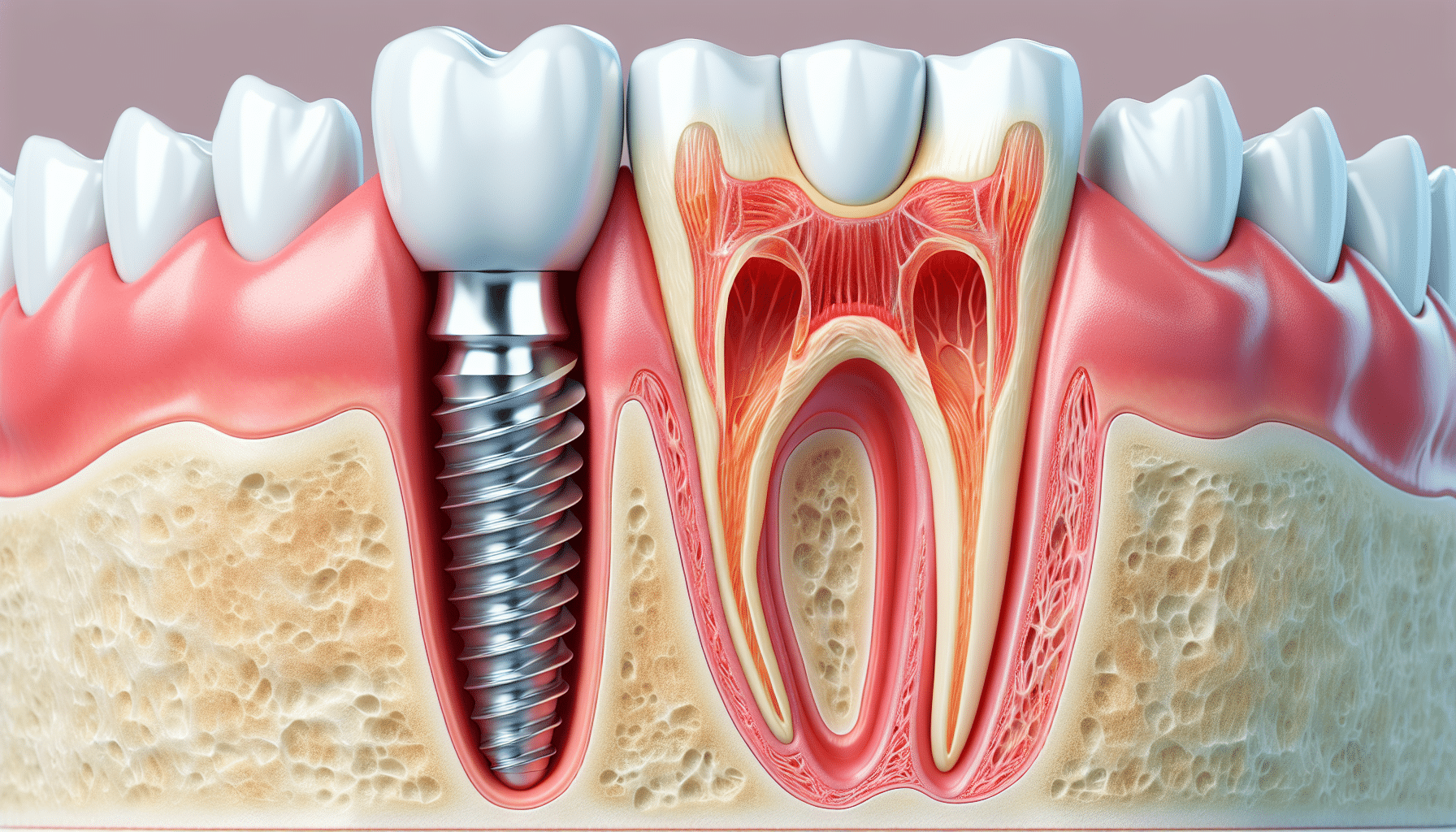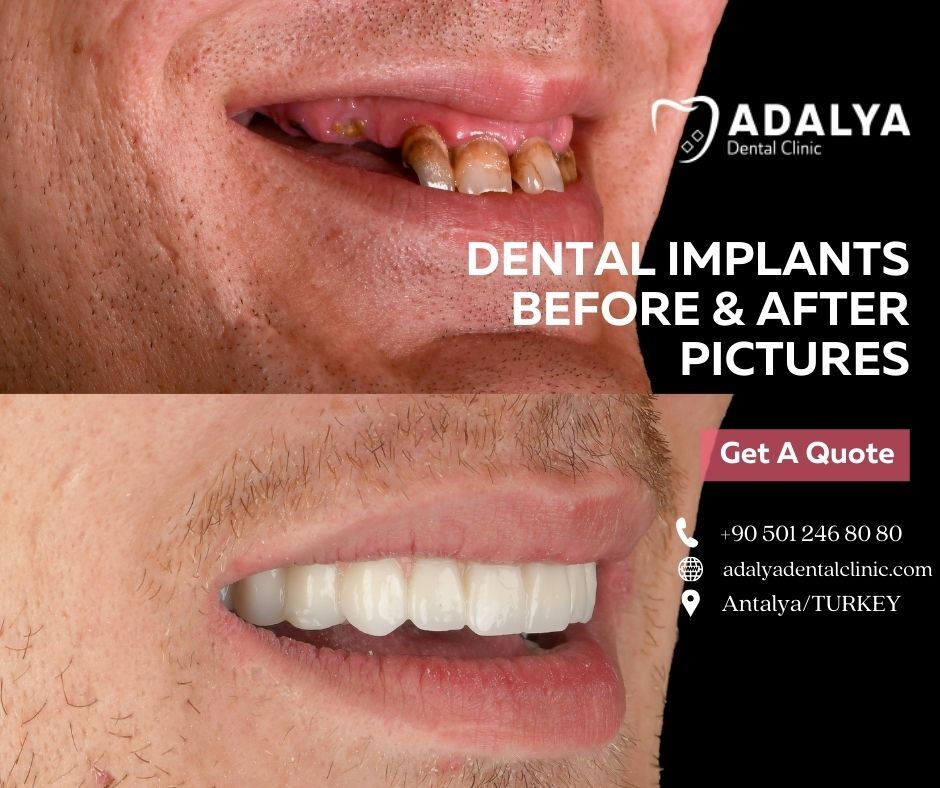The smart Trick of Dental Sense That Nobody is Discussing
Table of ContentsThe Definitive Guide for Dental SenseDental Sense Fundamentals ExplainedThe Buzz on Dental SenseDental Sense Things To Know Before You Buy
are clinical tools operatively implanted right into the jaw to bring back an individual's ability to chew or their appearance. They provide support for man-made (fake) teeth, such as crowns, bridges, or dentures. When a tooth is shed due to injury or illness, an individual can experience issues such as rapid bone loss, defective speech, or modifications to chewing patterns that lead to discomfort.Oral dental implant systems consist of an oral implant body and oral implant joint and might likewise consist of an abutment addiction screw. Dental implant vs bridge. The oral implant body is surgically placed in the jawbone in location of the tooth's origin. The dental implant joint is typically connected to the implant body by the joint addiction screw and extends with gum tissues right into the mouth to support the attached artificial teeth
(https://dentalsense1.mystrikingly.com/blog/transform-your-smile-with-dental-implants-root-canal-procedures-and)Structure of The Dental Implant System selecting dental implants, speak to your oral copyright concerning the possible benefits and risks, and whether you are a prospect for the procedure. Points to consider: Your total health and wellness is a crucial consider establishing whether you are a great candidate for oral implants, the length of time it will certainly take to recover, and the length of time the implant might stay in place.
Smoking may influence the healing process and decrease the long-lasting success of the dental implant. The recovery process for the dental implant body may take numerous months or longer, during which time you typically have a short-term abutment in area of the tooth. the dental implant treatment: Thoroughly adhere to the oral health instructions provided to you by your dental copyright.
The 25-Second Trick For Dental Sense
Implant failure can lead to the requirement for an additional procedure to take care of or change the implant system. Brings back the capacity to chew Brings back aesthetic look Helps maintain the jawbone from reducing as a result of bone loss Preserves the health and wellness of the bordering bone and gum tissues Helps keep adjacent (close-by) teeth secure Improves high quality of life Damages to bordering natural teeth during dental implant placement Injury to the surrounding cells during surgical procedure, such as sinus opening Injury throughout surgery (as an example, crack of bordering jawbone) Poor feature, such as feeling like the teeth do not attack with each other generally An experience that the tooth hangs or twisting in position resulting from an abutment screw loosening Implant body failure (looseness of the implant body) due to systemic infection, which might be more likely in people with unchecked diabetes mellitus as a result of local infection in bone and gums supporting the implant body due to postponed recovery, which might be more probable in people who smoke Problem cleansing the gum tissues around the implant, causing inadequate dental hygiene Neglected periodontal condition Post-surgical numbness because of nerve impingement or damage Constantly notify wellness treatment providers and imaging service technicians that you have dental implants before any kind of magnetic vibration imaging (MRI) or x-ray procedures.
FDA is not familiar with any type of negative events reported for MRI or x-ray procedures with oral implants. Oral implants systems are usually made from products that comply with worldwide agreement requirements of the International Organization for Standardization (ISO) or ASTM International. These standards have information of what makes a risk-free product.

An oral implant is a framework that replaces a missing tooth. With screw-like devices, the specialist inserts a dental implant right into the jawbone, and it acts as a support for an artificial tooth, called a crown.
Unknown Facts About Dental Sense
Some people are not eligible for oral implant surgical treatment. It is for dental cosmetic surgeons to operate people with: acute illnessuncontrollable metabolic diseasebone or soft tissue condition or infectionIf these issues are resolved, a person can have the surgery. In, oral doctors abstain from operating people with: If people with any one of the above undertake oral implant surgical procedure, there is a greater danger of the dental implant falling short.

Dental implant surgical treatment is a personalized process. It's not the exact same for everyone. However the adhering to offers a basic summary of what you can expect your dental professional, oral cosmetic surgeon, periodontist or prosthodontist more helpful hints to do: Put the dental implant surgically. Offer you time to recover. Affix the blog post and final crown, bridge or denture.
Next off, your specialist will very carefully put the oral implant right into your jaw. Your doctor will certainly reposition your gum tissues and shut the cut with stitches. If your implant is near the front of your mouth, your dental expert will certainly make a temporary tooth for you to put on till you recover. By doing this, you will not have a space in your smile while you recuperate.
Examine This Report about Dental Sense
Throughout the healing stage, your jawbone should fuse to the oral implant. This process can take anywhere from 3 to 9 months.
When your dental implant heals, your dental professional can affix the abutment (little adapter article) and your last remediation (crown, bridge or denture). This typically takes regarding one hour to finish and may call for a second minor surgical treatment. You should not really feel any discomfort throughout your oral implant treatment because your supplier will certainly make use of medication to numb your periodontals.